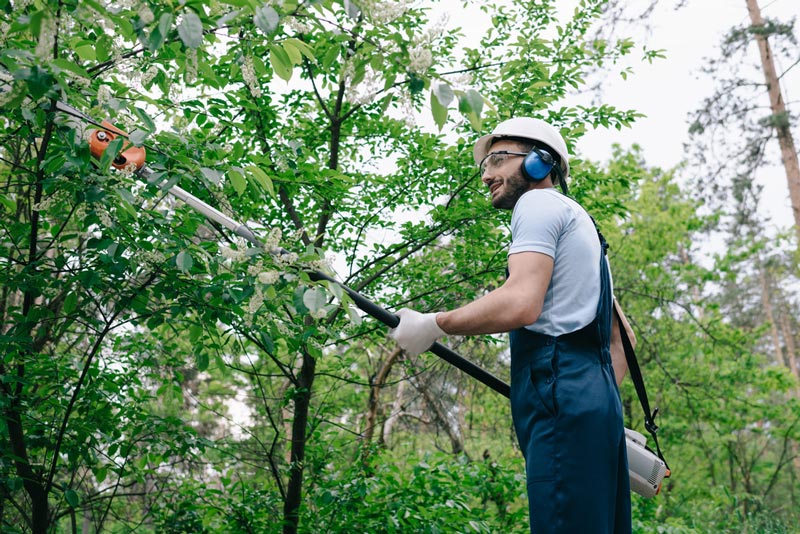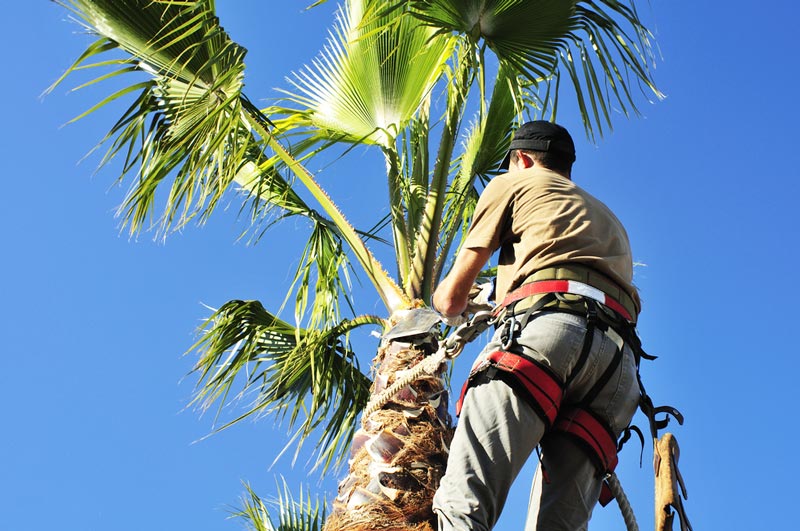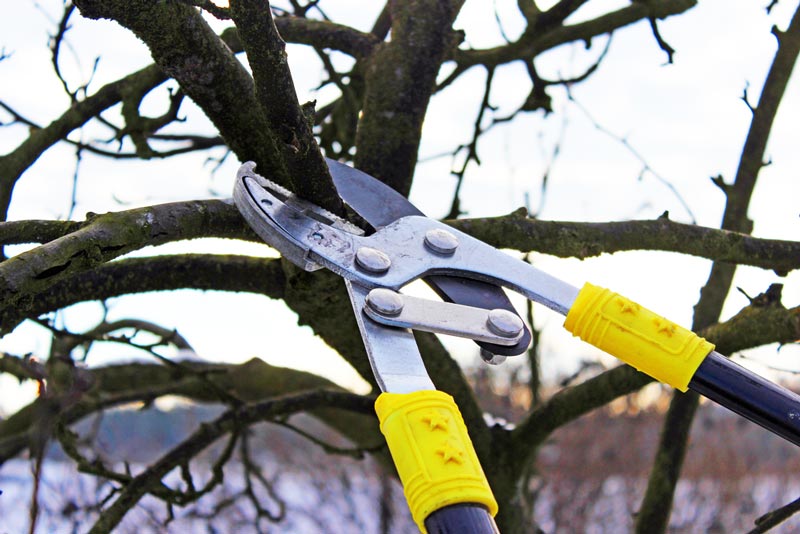There’s quite a lot that comes with owning a tree or simply living in a property that has trees around. For the average property owner, it can be challenging to know how and why tree pruning is essential for your tree. Besides the obvious reasons such as to improve the tree’s appearance, it can be hard to see why tree pruning or trimming is necessary.
Providing the right quality care for your tree doesn’t just depend on the environment you live in and the type of tree you have, but it also depends on the type of tree pruning service that you provide. Tree pruning services including such as hedge trimming, shrub pruning, and garden pruning should be done by a certified and experienced arborist.
At Tui Landscapes Services, we fully understand that tree pruning or tree trimming is part art and part science. While the science part can be learned, the artistry portion is a competency that requires many years of dedication, professionalism, and experience.
How Much Does it Cost to Prune a Tree?
The cost of tree pruning, which is sometimes termed ‘tree trimming’ is a very common question we get from our clients and they often think there is a simple answer or that it’s mainly to do with how big or tall the tree is but it comes down to a variety of factors that in combination determine how long the works will take, what machinery is required, and the skill levels and the number of personnel necessary to do the tree pruning safely and professionally. The price to prune a tree depends on a huge variety of factors but primarily it can be determined by 3 main considerations:
- SIZE – How big is the tree – Height, Canopy width
- DIFFICULTY – Complexity of pruning process? – Complex rigging, Safety, Site factors
- ACCESS – Access from tree to road where truck and mulcher is parked.
With over 20 years of experience pricing New Plymouth tree pruning jobs our arborists can give you expert advice on how it’s best to prune a tree for its safety and also to reduce the maintenance costs that may be required. The prices get much cheaper if doing more than 1 tree on the same site.
Do Cutting Branches Kill a Tree?
Tree pruning and cutting of branches don’t kill the tree but it should always be done by a professional arborist to ensure the tree can retain its correct structural form and health. In most cases, it is not advisable to prune more than 10% from the tree canopy per annum.
Don’t Top Trees
The act of ‘topping’ is perhaps the most harmful tree pruning practise known. Yet, despite more than 25 years of literature and seminars explaining its harmful effects, topping remains a common practice.
Pruning Palms
Pruning of palms is mostly done to remove dead or dying fronds and/or flowering/fruiting clusters, particularly those that may be a potential risk to the public, such as coconuts. Pruning is usually conducted at least bi-annually. Great care should be taken to avoid any damage to a palm’s terminal bud or trunk when removing fronds.
It is best for the palm if green fronds remain intact. Overpruned palms may have slower growth and may attract pests. Climbing spikes should generally not be used to climb palms for pruning because they wound the palm trunk.
Tree Pruning DIY Tips
Choose the Right Tool
Always use clean, sharp tools. Select the right-size tool for the branch you will prune to avoid damage to the plant and the tool. Use a pruning saw on branches larger than 4 – 6cm in diameter. Pruners work best on the smallest branches.
Choose the Right Time
There isn’t a single best time for pruning. Late winter is an ideal time for pruning many trees and shrubs because they are dormant and it is easier to see what needs to be pruned. Late-winter pruning promotes fast regrowth in spring. Some trees, such as maples, birches, and magnolias, bleed sap heavily if pruned in late winter. This causes little harm but can be avoided by pruning these trees after they are fully leafed out in late spring or early summer. Summer is the best time to remove dead branches when they stand out.
Prune spring-flowering trees and shrubs right after they finish flowering in spring. Trees and shrubs that bloom during summer and into autumn are best pruned in later winter or early spring as soon as their annual growth begins. Refrain from autumn pruning because it stimulates new growth that could be killed by winter cold. Prune anytime suckers, water sprouts, branches that are dead, diseased, or damaged.
Make the Right Cuts
Holding the thinner, upper-cutting blade nearer to the trunk or main stem, make a clean cut without tearing the bark. Avoid leaving a stub, which is unsightly and provides an entry point for pests and diseases. Cut just outside the branch collar, the swelling where the branch begins.
Need a Hand?
If you need someone to help with tree trimming and pruning call the guys at Tui Landscape Services on 06 751 3390 or head over to our free quote form.






